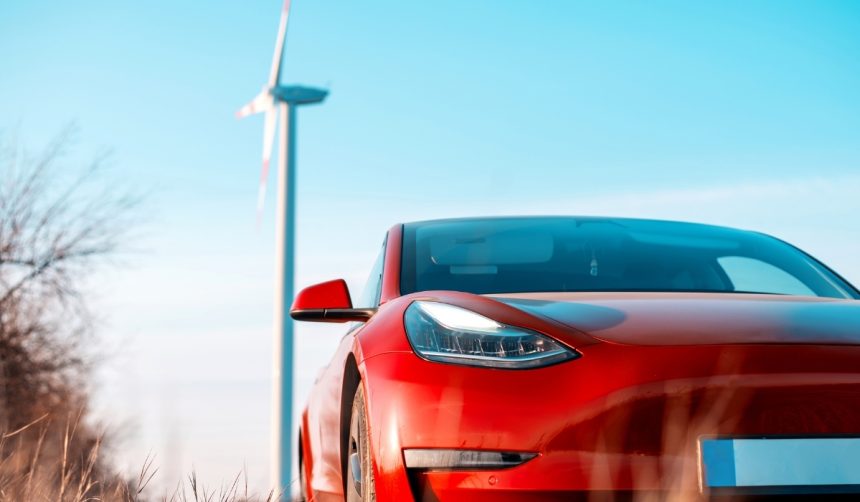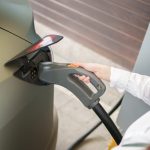Tesla’s continued expansion of its Robotaxi service area in Austin has sparked both interest and concern among local users and industry watchers. The recent enlargement of the geofenced zone brings new neighborhoods into reach, signaling confidence in the underlying technology. Yet, frequent users have reported difficulty booking rides, highlighting an apparent mismatch between service area size and vehicle availability. As Tesla moves ahead with technological advancements, questions around operational logistics remain at the forefront for customers and Tesla supporters alike.
Compared to several earlier updates, Tesla has now quadrupled its Robotaxi service area since its introduction in Austin. Previously, expansions were more limited, and there was greater transparency regarding fleet sizes and operational milestones. Other companies providing autonomous ride-hailing, such as Waymo, have typically emphasized clarity on fleet management and service coverage. Tesla’s strategy diverges by focusing on territorial growth while keeping details about its Model Y fleet numbers confidential, drawing attention from both advocates and critics within the transportation technology sector.
Why did Tesla widen the Robotaxi geofence in Austin?
The company recently expanded the Robotaxi service area from 170 to 243 square miles, nearly tripling the geofenced region covered by competitor Waymo. This move enables more residents in Austin to access Tesla’s partially driverless Model Y vehicles for ride-hailing. Tesla stated in previous communications that each new phase of expansion is designed to test and refine the Robotaxi platform’s operation in increasingly complex real-world environments.
What concerns have surfaced about fleet size?
With more territory comes a heightened demand for available vehicles. Despite broadening access, Tesla has not disclosed exact fleet figures, leaving users to speculate about how many Robotaxis are operational at a given time. After an earlier service area increase, Tesla mentioned a 50 percent rise in vehicles, but the starting point for this increase is unclear. Riders have voiced frustration, reporting delays or inability to secure rides within the expanded zone.
How has Tesla responded to customer feedback?
Tesla has yet to publicly address the community’s call for greater transparency and fleet expansion. Users and industry figures have used social media to press for more information, citing reliable service as a key factor for adoption.
“We’re committed to safe and scalable deployment of our Robotaxi program in Austin,” a Tesla spokesperson said.
Tesla has not announced any new plans to grow the Austin Robotaxi fleet.
“We continue to evaluate service performance to meet user expectations,” the company shared in its recent communications.
Balancing rapid geographical growth with consistent service delivery remains a strategic dilemma for Tesla’s Robotaxi initiative. While expanding coverage may offer more data and testing opportunities, sustainable user adoption could hinge on fleet availability and transparency. For readers following urban mobility developments, tracking adjustments in Tesla’s approach—and how competitors respond—may offer valuable insight into the viability and scalability of autonomous ride-hailing. Understanding the balance between service area, fleet size, and user satisfaction is crucial as these pilot programs evolve and as companies work to gain public trust in autonomous transport solutions.










